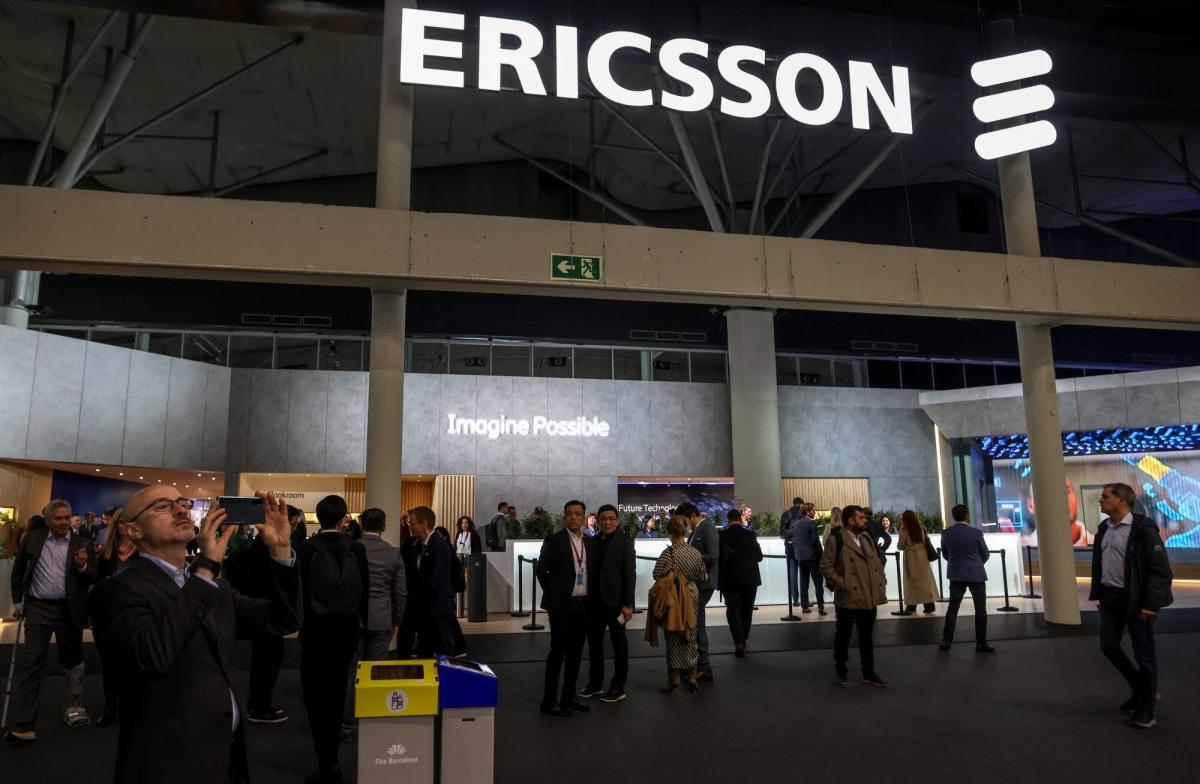
(Bloomberg) -- AT&T Inc.’s choice of Ericsson AB for a $14 billion revamp of its sprawling mobile network marks a coming of age for flexible wireless technology that promises to bring competition to infrastructure markets dominated by two companies.
Most Read from Bloomberg
The technology that Ericsson plans to use for the rebuild has already been adopted by mobile companies such as Rakuten Group Inc. and Dish Network Corp. Still, AT&T is the biggest telecommunications firm to commit to open radio access network infrastructure, or Open RAN.
Open RAN first gained prominence when countries including the US, Australia and the UK moved to ban Chinese tech giant Huawei Technologies Co. as relations with Beijing deteriorated. The technology allows more vendors to contribute than previous, when heavily integrated solutions were dominated by just two companies outside of China: Ericsson and Nokia Oyj.
“AT&T as a behemoth moving in this direction is a huge signal,” said Diane Rinaldo, executive director of the Washington-based lobbying group Open RAN Policy Coalition. “It gives credence to the readiness of the technology.”
Read More: Ericsson Beats Nokia to $14 Billion AT&T Network Build Deal
Most networks today are built by single vendors, and gear from other companies isn’t compatible. Open RAN networks aim to be ruled by software, so any company can offer its gear as long as the device meets publicly disclosed technical standards, driving competition and cost savings.
In 2021, the UK and its mobile networks set a target of 2030 to carry 35% of data over Open RAN equipment. One ally in the effort has been Meta Platforms Inc. founder Mark Zuckerberg, who helped found the Telecom Infra Project, an industry group that helps develop the interoperable technology.
“Open RAN has reached maturity to be a mainstay solution,” said Yago Tenorio, chairman of Telecom Infra Project and Vodafone Group Plc’s network architecture director. “We need optionality in the supply chain. We’ve come to a point where we have only three vendors, and one of them is geopolitically challenged.”
AT&T’s choice may encourage operators worldwide to move toward open networks, said John Baker, senior vice president of network software supplier Mavenir Systems Inc., a closely held company based in Richardson, Texas. Mavenir’s products are used in Open RAN networks, including those of German provider 1&1 AG, which said Friday it would activate Europe’s first network that entirely depends on the technology.
“The barrier that we were constantly running against is: Why wasn’t the US doing it?” Baker said in an interview. AT&T’s move “will take some of the fears, obviously, away from other operators,” he said.
AT&T expects its move to spark widespread changes.
“It ultimately will have a pretty incredible impact on the wireless industry because these are some of the last closed networks that are around,” Jeremy Legg, AT&T’s chief technology officer, said in an interview.
But it’s a heavy lift to retrofit or replace the massive wireless networks that now girdle the globe. AT&T, for instance, says its US network has more than 100,000 nodes that send and receive signals.
The company’s move stands to jolt a slumbering market for building radio access networks in North America, where spending has dropped for two consecutive quarters, according to market research firm Dell’Oro Group. A radio access network is the towers, antennas and base stations that ferry signals from mobile devices to the core fiber network that links nerve centers.
“Others will follow. Maybe not as aggressively as AT&T but there is no doubt this is a major catalyst,” Stefan Pongratz, a vice president at Dell’Oro, said in an email, adding that it gives operators power they didn’t have before. “AT&T has already said they can invite Nokia back for 6G if the existing vendors get lazy.”
Legg said AT&T has “a very deep relationship with Nokia outside of this. So it wasn’t a thing where we were saying, Nokia bad, Ericsson good.”
T-Mobile US Inc. Chief Executive Officer Mike Sievert said at an investor conference Dec. 5 that the company is “very comfortable with our relationships” with Nokia and Ericsson.
Despite Open RAN threatening their dominance, Nokia and Ericsson have both embraced the shift. That market could reach $6.6 billion in sales by 2027, according to Bloomberg Intelligence.
For now, however, Ericsson’s win was a blow to Nokia. The Finnish company’s share price fell to its lowest since 2020 last week after AT&T announced the partnership with its rival. Nokia gear will be removed as part of the network transformation. The development creates “fresh headwinds” for the company, according to Bloomberg Intelligence analysts.
(Updates with T-Mobile comments in 16th paragraph)
Most Read from Bloomberg Businessweek
©2023 Bloomberg L.P.
"network" - Google News
December 12, 2023 at 02:04AM
https://ift.tt/SGTbBuO
AT&T's $14 Billion Ericsson Deal Heralds Open Phone Networks - Yahoo Finance
"network" - Google News
https://ift.tt/jS1FTJO
Shoes Man Tutorial
Pos News Update
Meme Update
Korean Entertainment News
Japan News Update

No comments:
Post a Comment